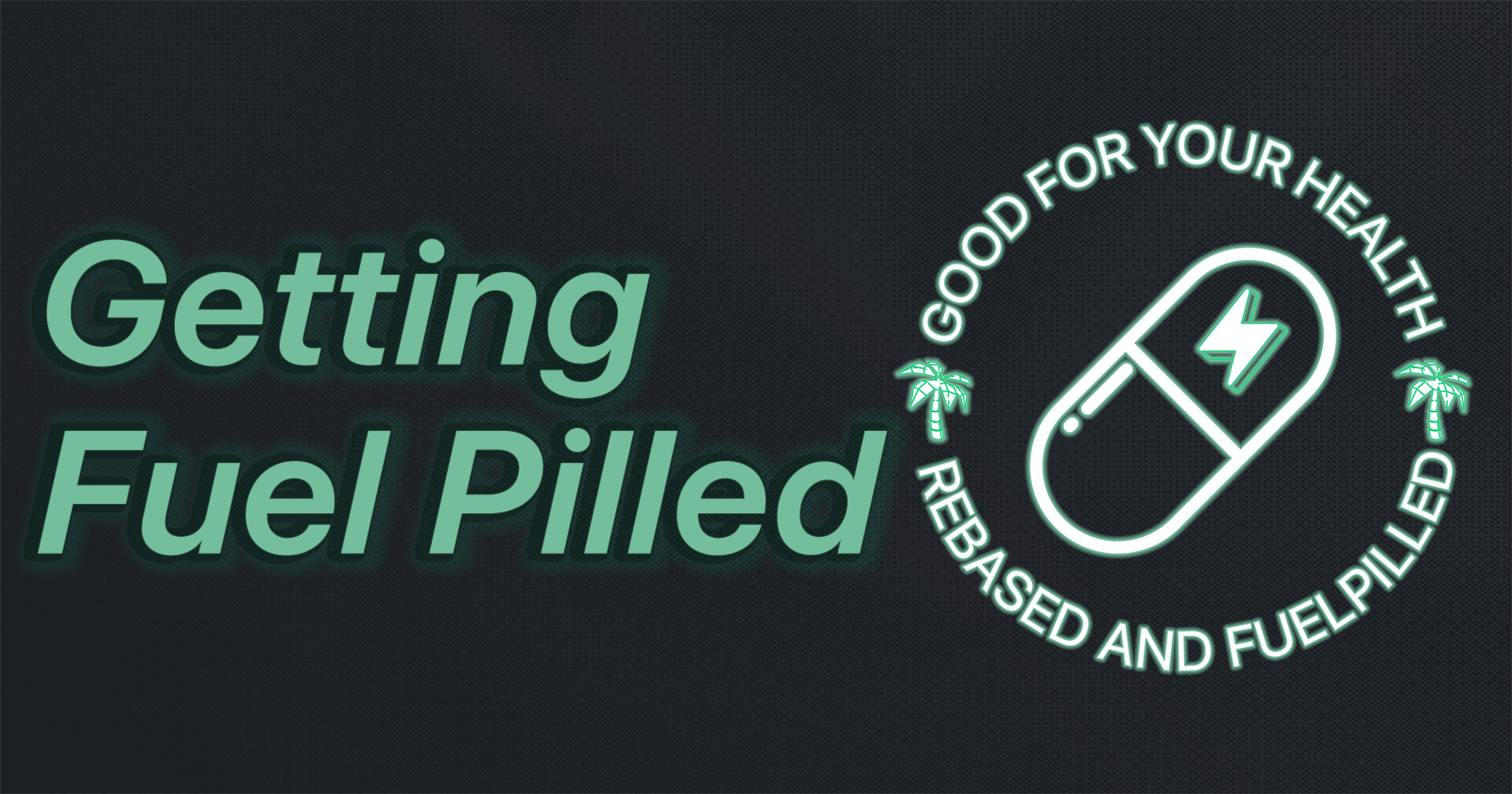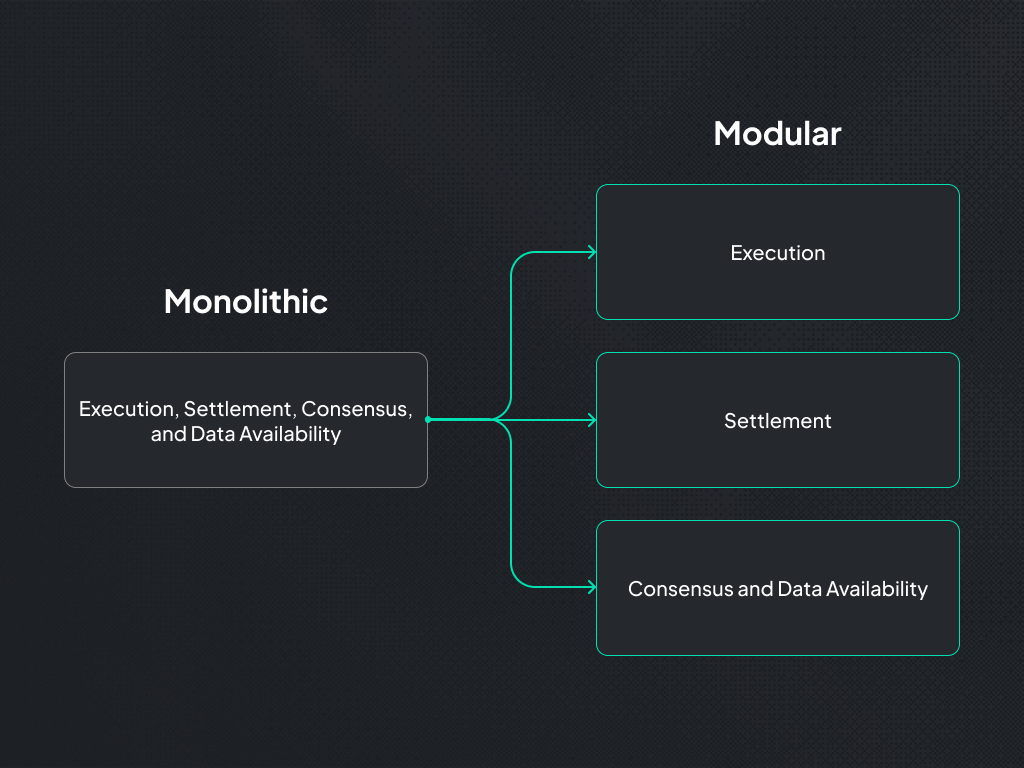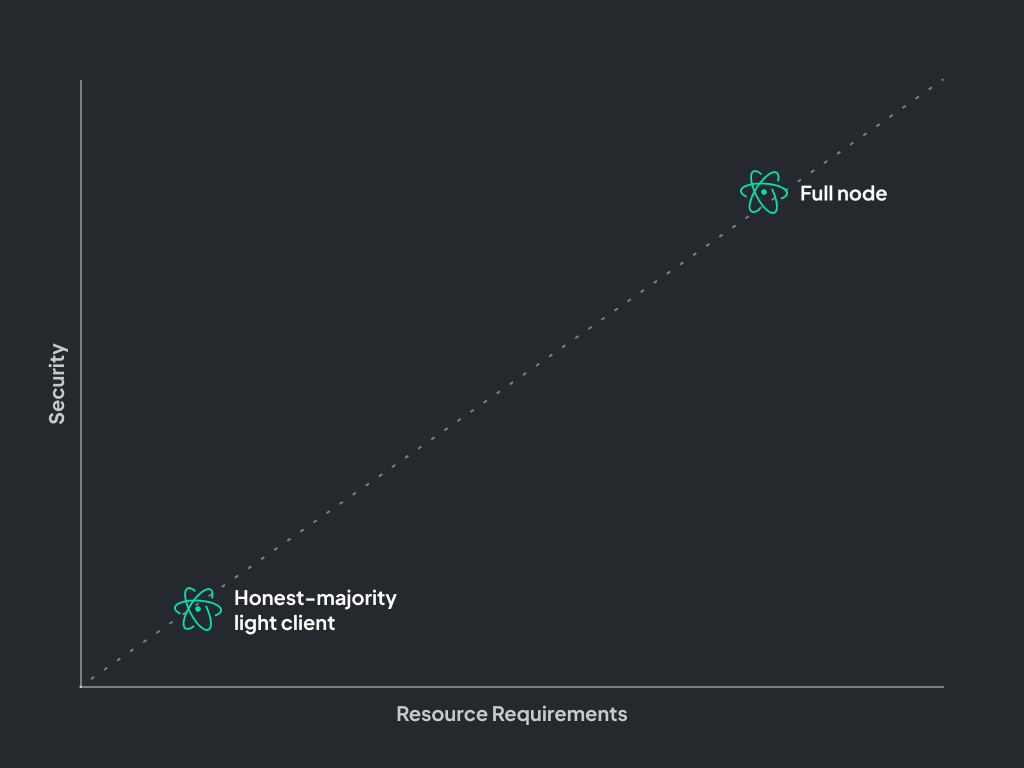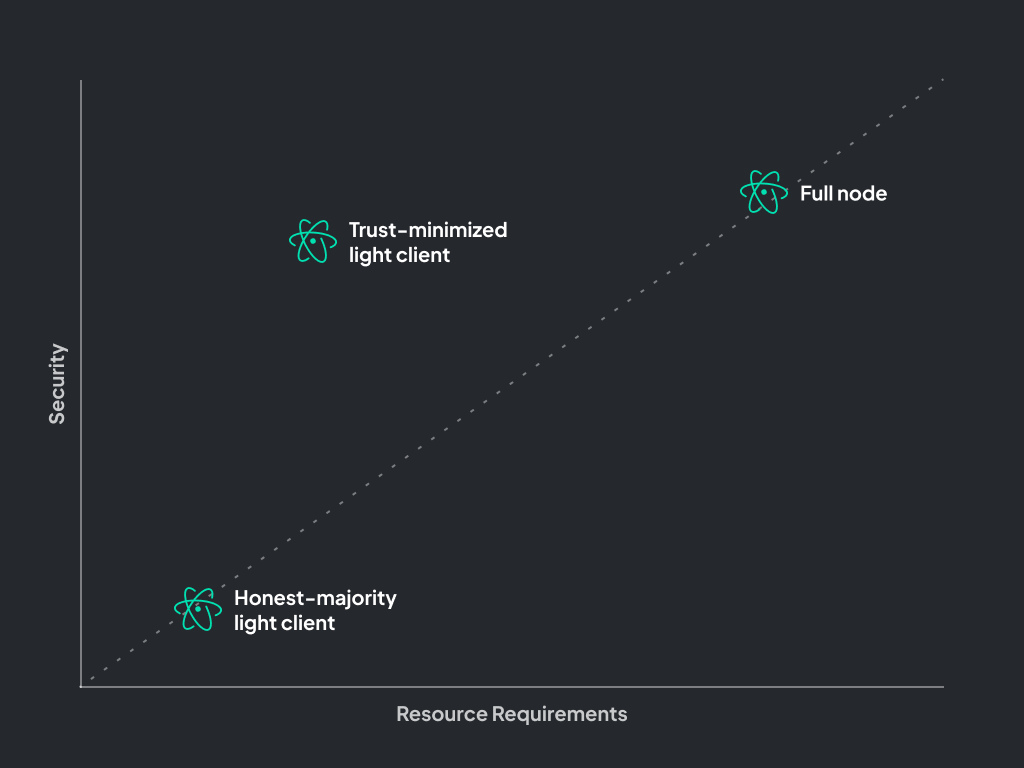Why Everyone Should Be Thinking About Fuel
 Camila Ramos
Camila Ramos
A Guide To Fuel
Fuel is a modular execution layer that delivers maximum security and the highest flexible throughput for the Ethereum ecosystem. Fuel features fraud-provable trust-minimized light clients that deliver better security and trust-minimized liquidity bridging.
Developer Resources for Building with Fuel
- A step-by-step guide to building a fullstack dapp on Fuel can be found here
- The Fuel Book can be found here
- The Sway Book can be found here
My Fuel Thesis
Globally, only ~3.5% of people use crypto. I work in crypto because I want to see blockchain and crypto in the hands of people with the most significant need for this toolbelt. The novel and meaningful use case for crypto as a financial service exists outside North America and Europe; specifically, I think Latin America will be the region to blow the top off this thing.
Despite accounting for just 8% of the world’s population, Latin Americans received 20% of the total global remittance volume in 2021 (Jacklich et al. The cryptocurrency revolution in Latin American payments). LATAM continues to be an early adopter of new technologies, including neobanks & nonbank payment services, e-commerce platforms, internet-based text apps, and now, crypto. However, the only way to enable widespread adoption is to build secure, scalable, and cost-accessible solutions to work for a population with an average monthly income of ~$500. More thoughts on this in a later post.
Fuel is a really interesting project because it's shaping a new paradigm that will change the way we build dapps. We don't need to build more alt-1s.
This is a distilled version of what I wrote for the Fuel Book.
We'll cover:
- The challenges with monolithic
- What a modular architecture enables
- Fullstack Fuel: A developer guide to building a fullstack dapp on Fuel
A Crash Course in Monolithic
Blockchains as we know them have four functions. In no particular order:
- Execution: Execute transactions to make updates to the state.
- Settlement: Dispute resolution.
- Consensus: Defines the state and validates that all nodes on the blockchain have the same state.
- Data availability: Ensure block data has been published to the network.
Monolithic blockchains are a type of blockchain architecture that handle all four functions, at the same time, on this single layer.

Challenges with Monolithic
Some constraints and challenges with a monolithic architecture:
Costly and inefficient transaction verification
To verify the validity of transactions in the chain, full nodes must download the entire chain and execute each transaction locally.
Resource constraints
The blockchain is bound by the resource capacity of its nodes. Throughput is constrained by the resource requirements of a single node since the blockchain is replicated, not distributed, across nodes.
Shared resources
In a monolithic architecture, the four functions of the chain operate on the same finite set of compute resources. For example, using a node's capacity for execution means that there's less capacity left over for data availability.
Scalability
Scalability is defined as the ratio of throughput to decentralization. To increase throughput—the number of transactions per second—you have to increase bandwidth, compute, and storage capacity, which pushes up the cost to run a full node as a user. This is not scalability, as it reduces the number of people who can run a full node to validate the chain.
Why Modular?
A modular blockchain architecture does not inherently enable scaling. The properties that are derived as a result are what make this possible. Fuel was built for fraud proofs, enabling trust-minimized light clients, enabling high security without requiring high resource usage.

In a monolithic architecture, users must choose between high security and high computational resource usage and trusted security and low computational resource usage. For example, Ethereum was designed to allow consumer-grade hardware to be able to run a full node, a type of node that offers maximum security by downloading and verifying every single transaction. By running a full node, users don’t have to trust that the chain is valid and can instead verify themselves. However, running a full node requires a lot of disk space and non-negligible CPU allocation and can take days to sync the blockchain from genesis.
Alternatively, a user can run a light client, also known as an honest majority light client. Instead of downloading all blocks to verify transactions, light clients only download block headers and check their proof-of-work (PoW), assuming the heaviest chain is valid. Honest majority light-clients that trust that a majority of validators are honest and will reject fraudulent transactions.
The amount of computational resources and storage needed to run a light client is lower than a full node by several orders of magnitude.
An easy way to remember the difference: An honest majority light client is only secure if most validators are honest. A full node is honest even if all validators are not honest.
By running a full node, you get the maximum security of verifying transactions but also have to spend a lot of computational resources to achieve this. Because a light client doesn’t need to run 24/7 and doesn’t interact directly with the chain, the computational requirement is much lower, but you also get low security.

Fuel’s design lets light clients say that blocks are valid through fraud proofs. The FuelVM is designed to be directly fraud provable in the EVM without having to be compiled into some fraud-provable instruction set. This eliminates the need for a trusted party while maintaining low resource requirements and achieving high security. For monolithic chains like Ethereum, there is an ideological incentive to keep the computation requirements for full nodes low to allow users to be truly sovereign.
Because Fuel was built for fraud proofs, the resource requirements for full nodes can be higher, thus increasing bandwidth capacity while allowing users to verify the chain through trust-minimized light clients.
Read more the technology behind Fuel.
Additional Reading
These resources have been the most helpful to me:
For Developers
Check out Fullstack Fuel, a developer's guide to building on Fuel. This guide walks developers through building a dapp, end-to-end.
Sources Cited
Jacklich, Tim, et al. Americas Market Intelligence, 2022, The Cryptocurrency Revolution in Latin American Payments, https://americasmi.com/pdfs_landings/220211_The_cryptocurrency_revolution_in_Latin_American_payments_EN_09.pdf.
Subscribe to my newsletter
Read articles from Camila Ramos directly inside your inbox. Subscribe to the newsletter, and don't miss out.
Written by

Camila Ramos
Camila Ramos
I'm a developer advocate who loves JS, GraphQL and Web3. I focus on creating concise and easy-to-understand technical content on YouTube, Tik Tok and now HashNode :-). When I'm not working, I run a nonprofit that offers free after-school STEM programs for kids in the Bay Area.